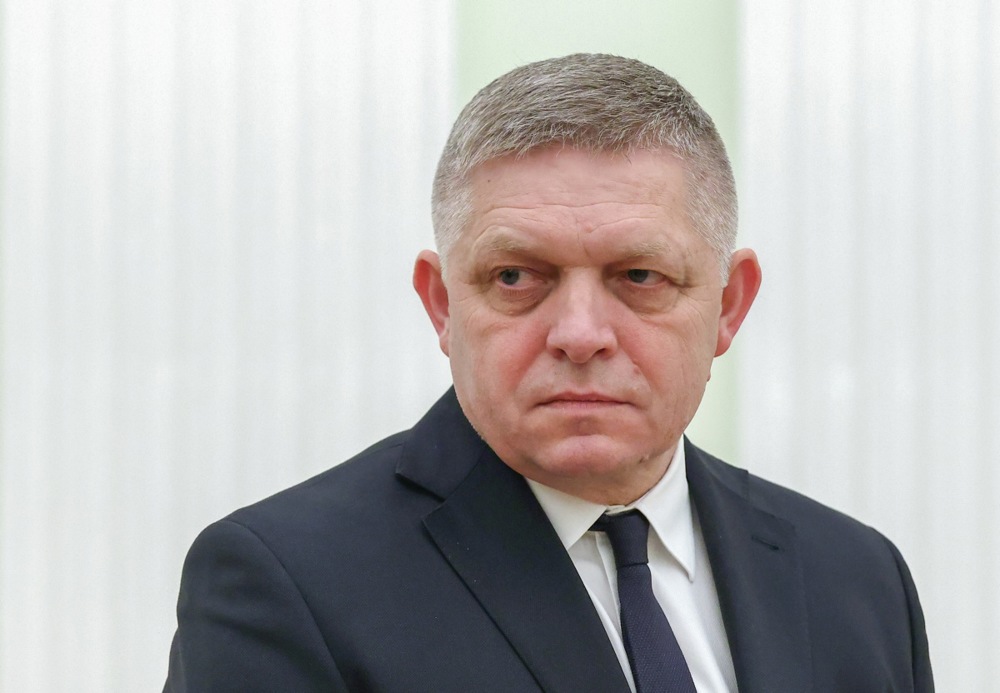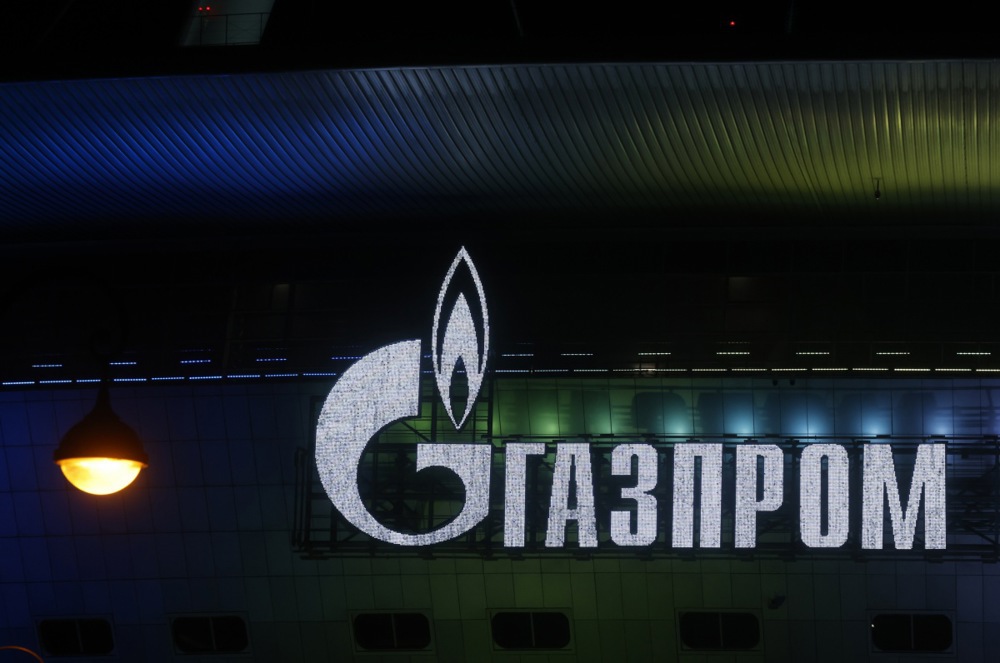European Union gas reserves have suffered one of the sharpest declines on record.
Having started 2024 at healthy levels, exceeding 70 per cent of total capacity, increased seasonal consumption and low temperatures have caused a slump, exacerbated by the suspension of supplies from Ukraine at the end of 2024.
According to data from Gas Infrastructure Europe (GIE) on January 4, current reserves amount to 84 billion cubic metres (bcm) of natural gas. This represented a fall of 20bcm compared to the average over the course of 2023, and 15bcm compared to 2022. That year was marked by soaring prices due to the start of Russia’s war against Ukraine and concerns over energy security.
The abrupt drop was partly attributed to cold autumn temperatures and “dunkelflaute“: a German term describing a period of time when there is little to no wind or sunlight, making it difficult to generate energy from renewable sources such as wind and solar and forcing plants to burn more gas to ensure power supply.
In response to the latest slump, the EU has raised its strategic targets, increasing the minimum reserve goals by five percentage points for February 1, requiring reserves to reach at least 50 per cent of capacity.
The lack of supply from Ukraine has intensified dependence on liquefied natural gas (LNG) transported by tankers. The US has emerged as the leading supplier, replacing Russia.

The supply cut ordered by Kyiv drew criticism from countries such as Hungary and Slovakia. They had managed to avoid the energy restrictions by refusing to follow Brussels’ guidelines since the Russian conflict began.
In addition to the US, Qatar and Australia are among the primary beneficiaries of the shift in the energy market, as together they form the triumvirate of the world’s largest LNG exporters.
In terms of imports, four European countries are among the top 10 global LNG consumers. France leads the continent, ranking fifth globally at 30.7bcm, followed by Spain (24.7bcm), the UK (19.4bcm), and Italy (16.3bcm).
Globally, China tops the list with 97.8bcm, followed by Japan with 90.3bcm. High demand from these Asian countries drives up global market prices, meaning European countries will likely pay much more for their gas supplies.
Slovakia Prime Minister Robert Fico has announced possible retaliatory measures against Ukraine after Kyiv halted the flow of Russian gas to his country. https://t.co/xG8TzdK8gJ
— Brussels Signal (@brusselssignal) January 3, 2025





